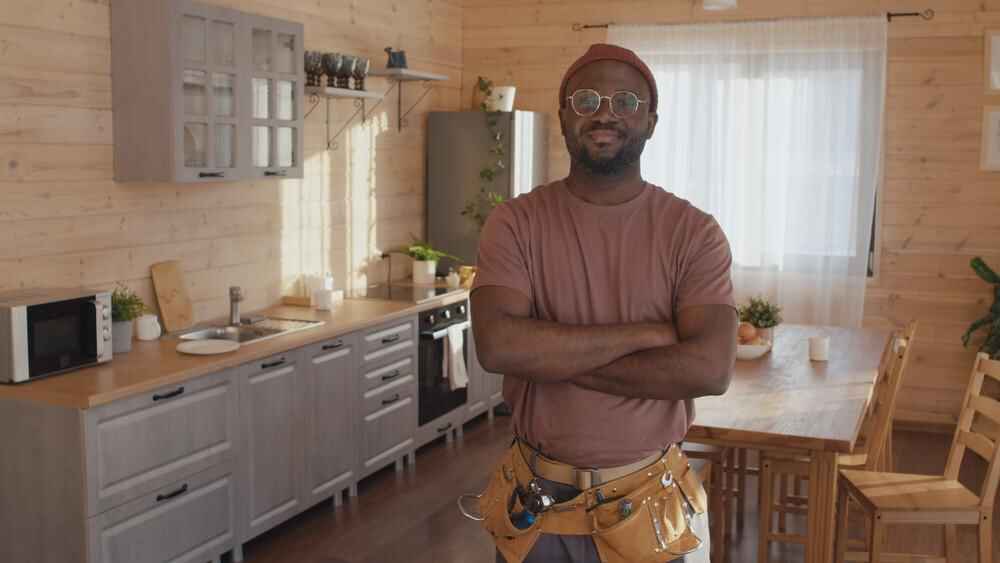Constructing a new home is an exciting venture, but it also involves critical decisions that can impact your family’s comfort and budget for years to come. Plumbing is one of those essential components of any home that requires thoughtful planning and execution. Proper plumbing can ensure efficient water usage and reliability across the household.
Planning Your Plumbing Layout
When building a home, one of the first steps for plumbing is carefully planning the layout. A well-designed plumbing layout considers the location of kitchens, bathrooms, and laundry rooms to minimize the distance and complexity of piping. Experts suggest that homeowners prioritize the accessibility of plumbing systems for maintenance and future repairs. Easy access to plumbing lines not only simplifies repairs but also mitigates potential water damage in case of leaks. Addressing these considerations early on can prevent costly renovations or emergency repairs.
The overall cost for rough-in plumbing varies, but homeowners might typically expect to budget around $6,000. These costs can range significantly depending on the size and complexity of the installation, from as low as $1,500 to as much as $17,500. Such estimates are vital when developing a budget for your construction project.
Choosing the Right Materials
Selecting the appropriate materials for plumbing in new constructions is crucial for longevity and performance. Today, modern materials like PEX and copper provide solutions for varying needs, challenges, and budgets. Each material comes with its advantages; thus, understanding these is essential in making informed choices.
PEX piping, for instance, is highly flexible and resistant to scale and chlorine, making it an excellent choice for new homes. Its flexibility allows for fewer connections and a reduced chance of leaks, enhancing the home’s long-term durability. On the other hand, copper piping is well-known for its durability and natural resistance to bacteria, making it a preferred choice despite the higher cost.
The decision between these materials often depends on regional water conditions, local building codes, and personal preferences. Homeowners should consult with plumbing professionals to make well-informed decisions customized to their specific needs. Such expertise can provide peace of mind and contribute to a successful building project.
Water Heater Considerations
Incorporating an effective water heating system into your home’s plumbing is crucial for energy efficiency and convenience. Traditional tank water heaters are known to be reliable, typically offering a lifespan of around six to 12 years with proper maintenance. Alternatively, more homeowners are opting for tankless water heaters due to their extended lifespan of over 20 years.
The choice between a tank and tankless water heater often boils down to a tradeoff between initial investment and long-term savings. While tankless systems may require a higher upfront cost, they frequently offer lower energy bills and a longer lifespan. Homeowners must evaluate these factors alongside usage needs and family size to select the ideal solution.
Professionals can guide homeowners on integrating energy-efficient models that align with the new construction’s overall design. By selecting appropriate water heaters, homeowners can maintain consistent water temperatures year-round. These decisions significantly contribute to the efficiency and effectiveness of a home’s plumbing system.
Minding Maintenance Needs
A crucial element in ensuring the longevity and functionality of your home’s plumbing system is regular maintenance. Identifying and resolving minor issues can prevent significant problems in the future and optimize system performance. For instance, the Environmental Protection Agency highlights that addressing simple leaks can save about 10 percent on water bills.
Long-term maintenance also involves educating all family members on best practices for conserving water. Teaching everyone in the household even simple habits, like turning off water when not in use or promptly addressing leaks, supports a sustainable approach to water usage. Such strategies align with both environmental and financial goals.
Concluding Thoughts
Effective plumbing in new construction requires comprehensive planning, the right material choices, and ongoing maintenance dedication. By being thoughtful and informed in the early stages, homeowners can ensure that their home is equipped with a reliable plumbing system designed for efficiency and longevity.
Building professionals and homeowners who prioritize these essential considerations are well-positioned for success. By focusing on both immediate needs and future-proofing, they can navigate the complex world of plumbing with confidence. Such focus translates into a well-constructed home, built to offer convenience and efficiency long into the future.
Ultimately, ensuring that each of these tips is applied can play a key role in making the home not just a building but a haven of functionality and comfort. A well-planned plumbing system lays the groundwork for decades of safe and efficient water access, resulting in a valuable investment for any household.




Be First to Comment